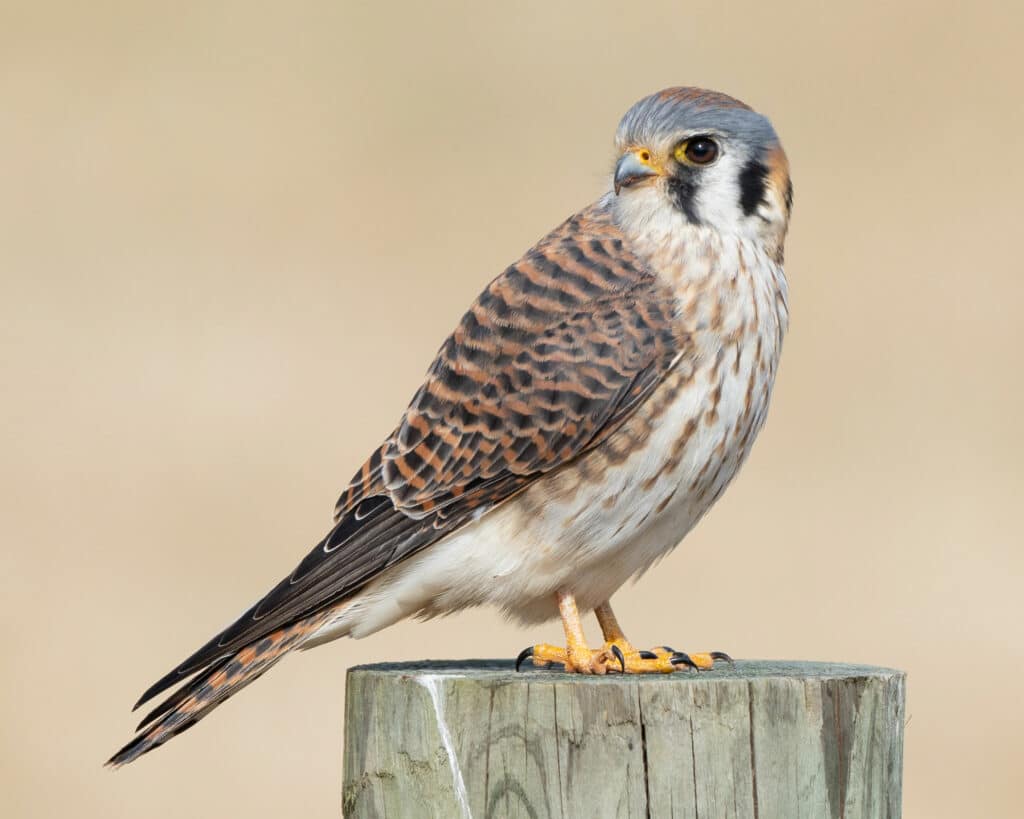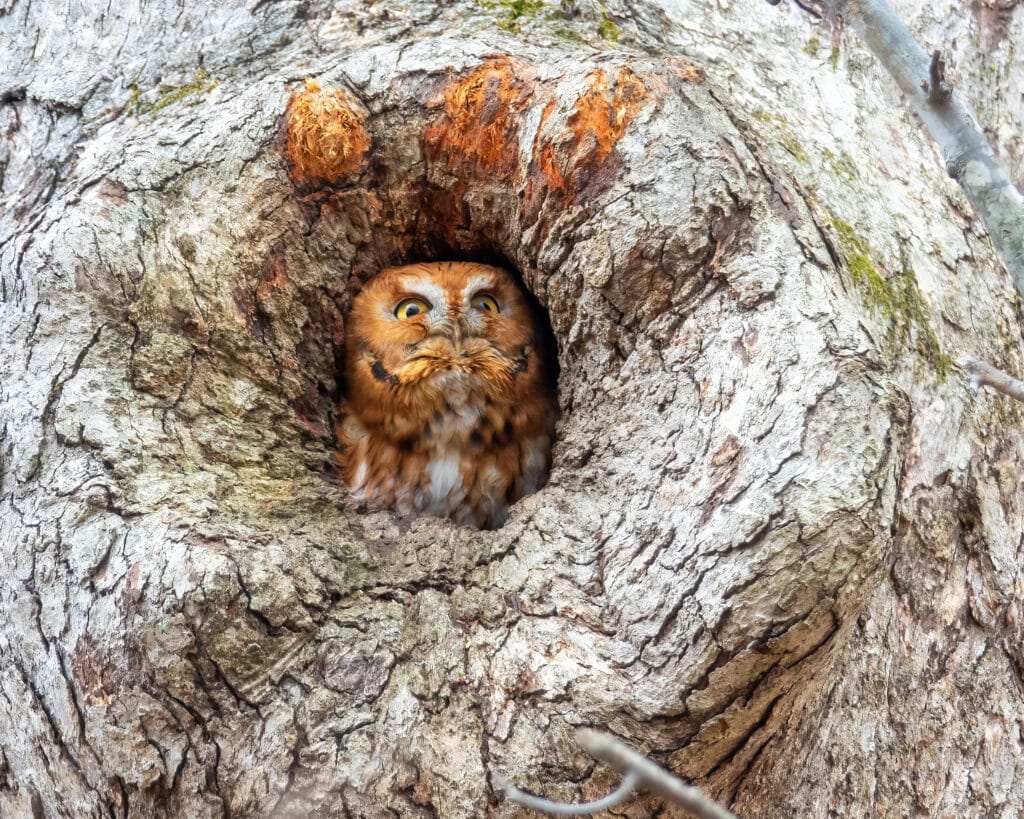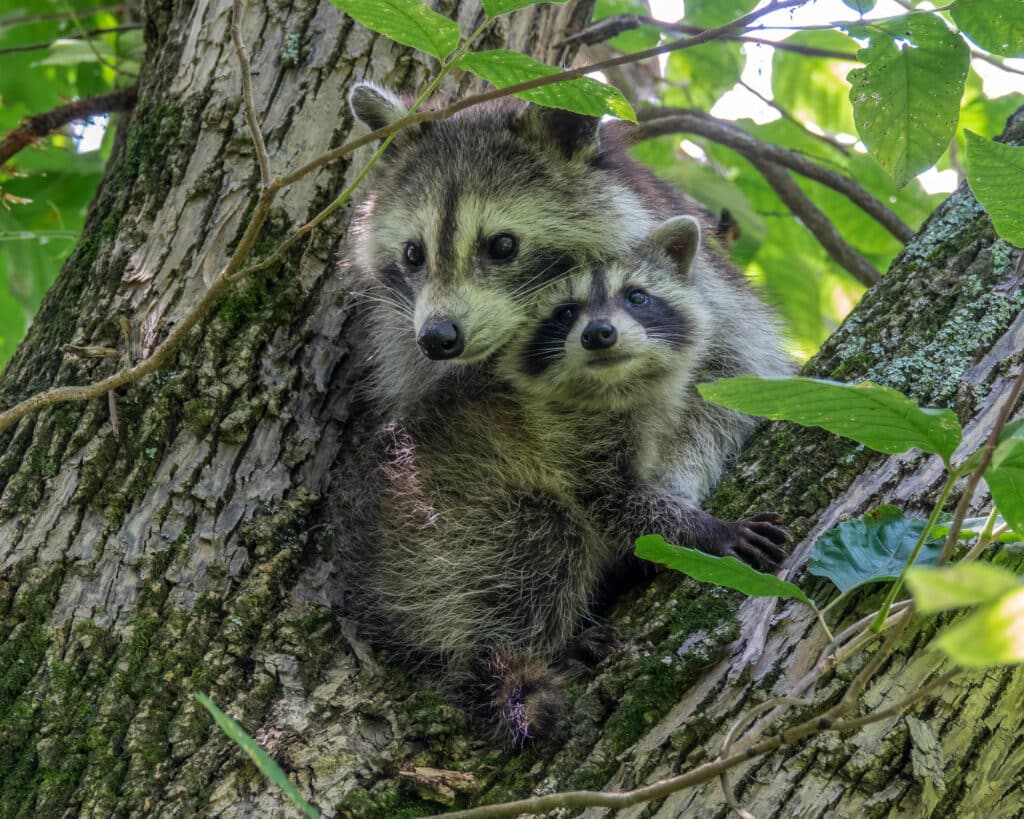Cover photo: King photographed this whitetail deer on the Rivanna Trail in Charlottesville, Va.
All Photos by Ben King
A Virginia-based professional cyclist developed an interest in wildlife photography to decompress during lengthy international travels. Here’s what he’s learned.
For 15 years I traveled the world as a professional cyclist, competing at some of the biggest races in the world, including the Tour de France. During downtime, I picked up wildlife photography to disconnect from the pressures of racing and to satisfy curiosities about the incredible biodiversity in the places that cycling brought me.

Through photography I could not only capture dynamic images of the fascinating creatures I encountered but also share the experience with others. And as my career on the bike has been winding down, I’ve continued to pursue taking wildlife photos back home in the Blue Ridge. It gives me a refreshing motivation to get outdoors and spend more time in nature, and I always encourage others to give it a shot. Through the process of teaching myself to take pictures, I have developed strategies specific to photographing wildlife in their Blue Ridge habitat. These practices can be applied to shooting with a cellphone or professional level camera. Here are five tips that will transform your images.
1: Know Your Critters
Educate yourself on the species you may encounter. Not only will this increase your chances of an encounter, it will equip you to avoid becoming a disturbance or entering a dangerous situation. According to the National Park Service, the Blue Ridge Parkway is home to over 460 species of mammals, birds, fish, reptiles, and amphibians. The opportunities for learning and discovery are limitless.

2. Capture the Environment
Attempt to capture natural behavior and environment. Incorporating elements of the habitat in an image is always more interesting and can lead to artistic and beautiful compositions of foreground, background, and subject. Like photographing a good friend, the more intimate your relationship with your subject, the more capable you’ll be of capturing their “good side” in their element. Photography can be a useful tool for conservation by creating awareness of the creatures who share this space with us.
3: Prepare for the Conditions
Most of the Blue Ridge is wooded, and shooting in the woods presents unique challenges. The dappled sunlight can cause uneven exposure and distracting images. With a lot of luck and skill, bright light shining through the trees can lead to stunning results. But for more consistent quality and fewer misses, I prefer to shoot wooded areas on overcast days. Not only is there generally greater animal activity on cloudy days, the shadows and highlights are more balanced. Shooting in low light requires a steady hand to avoid motion blur. Breathe steadily and lean on a tree for support or drop to a knee.

4: Work Different Angles
In the woods, relative to the open plains, moving even a few inches can radically alter the composition by creating mystery and intrigue, filling empty space, isolating a subject, and dividing up the frame. Eyes tend to be the focal point of an image. Get on the same level as your subject to capture an image that will pull your audience into the moment. I frequently find myself lying on the ground in the most laughable positions trying to get the most engaging photo possible. Just as often I kick myself while editing because with a little more effort a good photo could have been a great one.
The uneven terrain of the mountains creates chances for unique angles. The elevation of the Parkway offers opportunities to get eye level with raptors and treetop warblers, to capture a majestic buck posing on a ridgetop, or incorporate the horizon and tree lines artistically.


5: Keep Looking
In the same way that a few inches can make a huge difference, a few minutes can too. In thick forest, the longer and harder you look, the more you’ll see, guaranteed. I’ve walked the same one-mile trails repeatedly for hours and seen new creatures on every lap. Every minute the sun touches somewhere new and casts the scene in a new light.
View more of Ben King’s photos at BKNaturePhoto.com and on Instagram @bknaturephoto.
Cover photo: King photographed this whitetail deer on the Rivanna Trail in Charlottesville, Va. All Photos by Ben King







